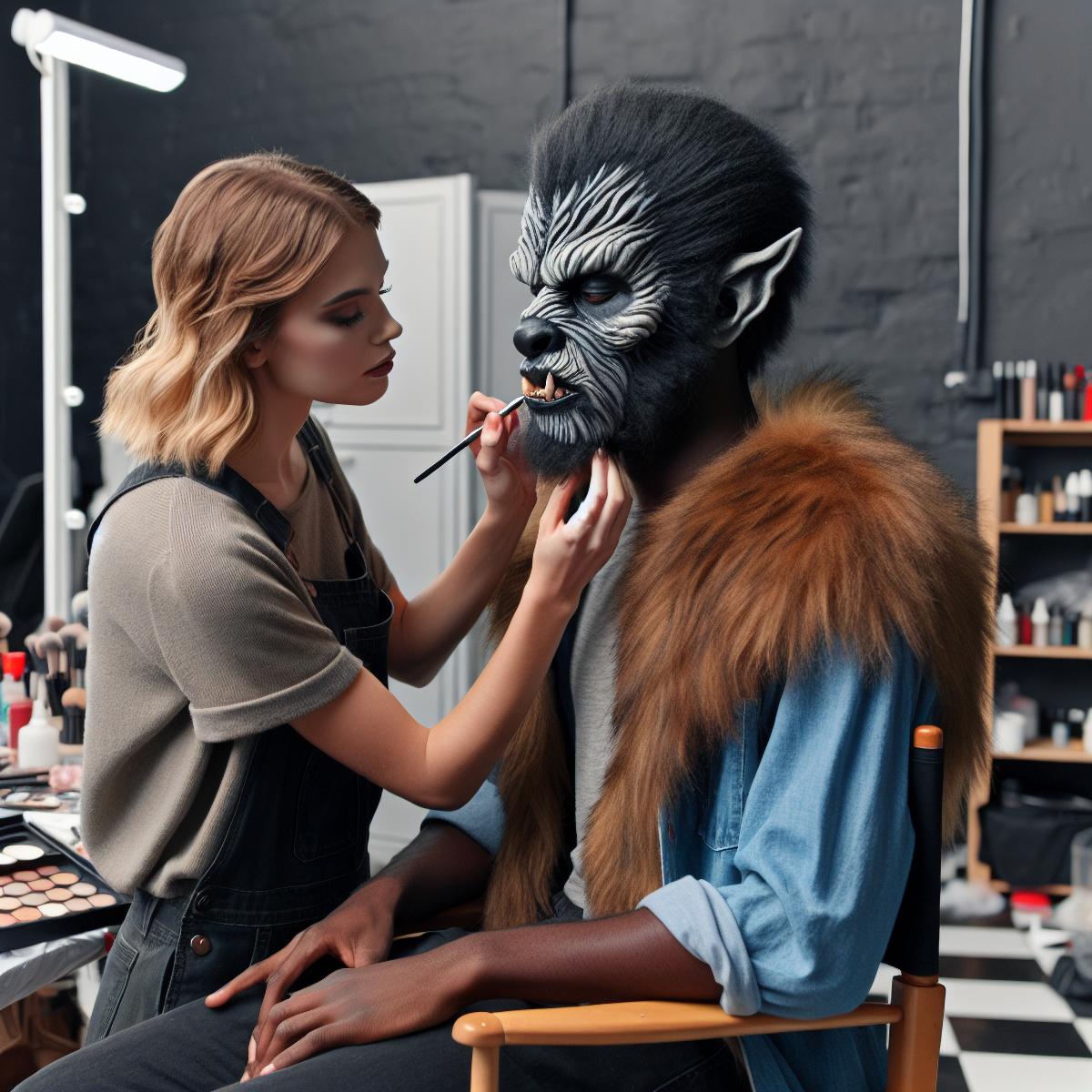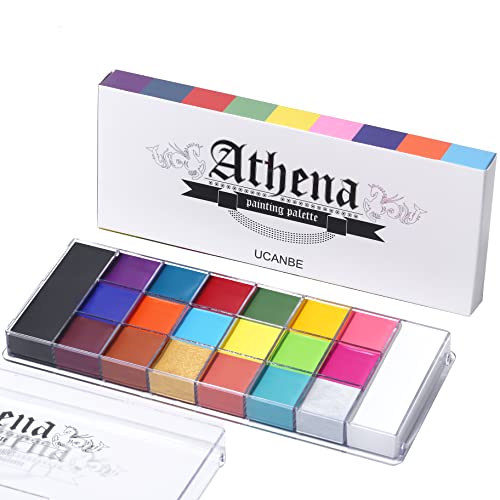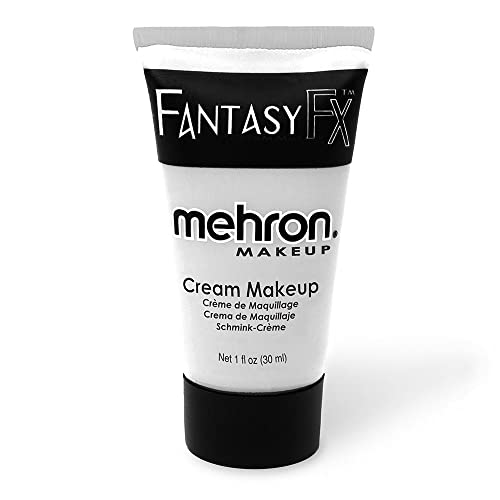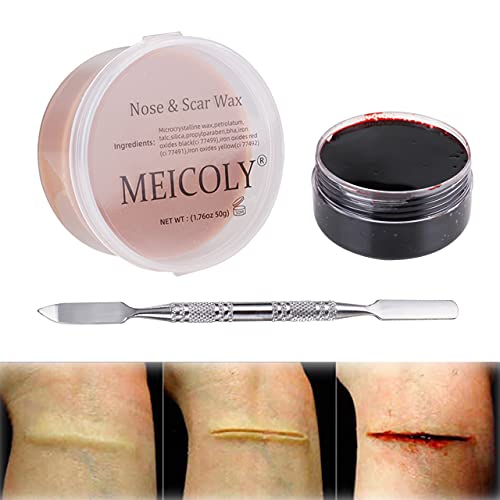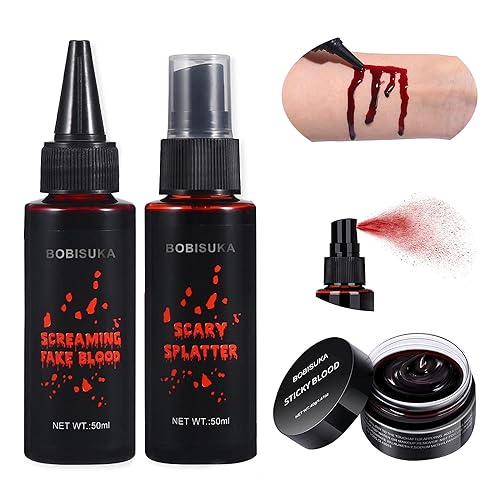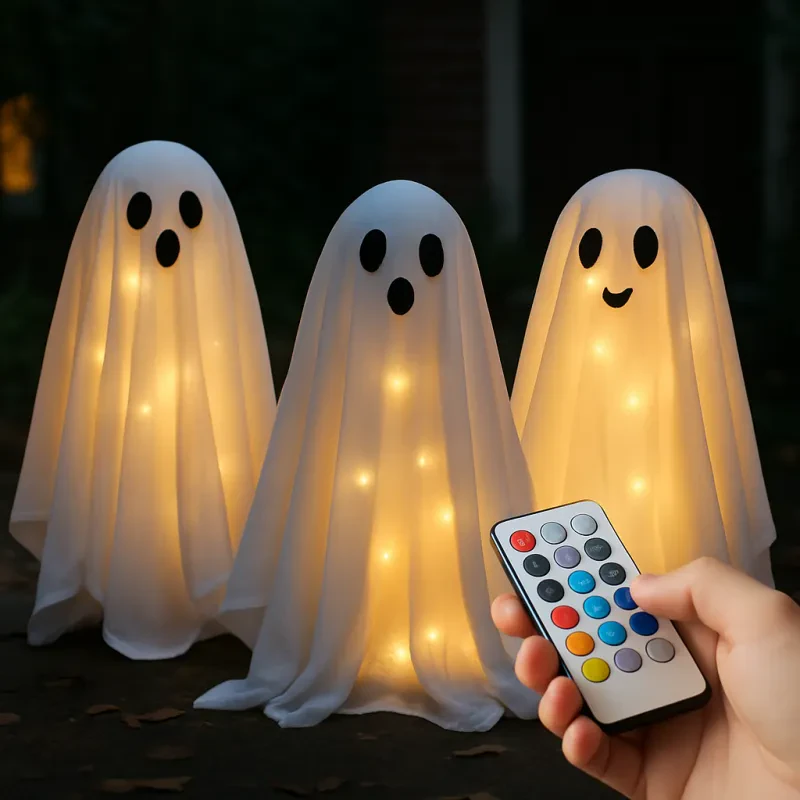Understanding Liquid Latex and Its Allergic Reactions
Liquid latex is a versatile material predominantly used in special effects makeup and costume applications, particularly popular during Halloween. Its main appeal lies in its flexibility and ability to create realistic effects such as wounds, scars, and aged skin. Makeup artists and enthusiasts favor liquid latex for its ease of application, quick drying time, and ability to mold to the skin's contours, producing an authentic, dramatic look.
Despite its widespread use, liquid latex can sometimes lead to undesirable allergic reactions, which can be a significant concern for makeup enthusiasts. Common applications of liquid latex, such as creating prosthetics or elaborate skin textures, may pose risks for those with sensitivities. Typical allergic reactions to liquid latex include redness, itching, swelling, and rashes. In more severe cases, users may experience blistering or an intense burning sensation.
Such allergic reactions can undoubtedly disrupt one's Halloween makeup plans, turning an exciting preparation into an uncomfortable or even painful experience. Individuals with pre-existing allergies or skin conditions are particularly susceptible and may need to seek alternatives to avoid adverse effects. Additionally, continuous exposure or repeated use can exacerbate sensitivity, leading to more pronounced allergic responses over time.
Given these potential issues, it becomes imperative for Halloween makeup enthusiasts to find safe and effective substitutions. Exploring alternatives not only guarantees a more enjoyable experience but also safeguards against the health risks associated with allergic reactions to liquid latex. Understanding these implications underscores the importance of identifying suitable replacements to ensure both the safety and quality of Halloween makeup applications.
Silicone-Based Products: A Safe and Versatile Alternative
For those seeking alternatives to liquid latex due to allergies or sensitivities, silicone-based products present an excellent option. Not only are they hypoallergenic, making them a safer choice for individuals with sensitive skin, but silicone products also offer superior durability and realism in Halloween makeup effects.
Among the silicone-based products, two major types stand out: two-part silicone kits and premade prosthetic pieces. Two-part silicone kits, which involve mixing equal parts of silicone base and curing agent, allow makeup artists to create customized prosthetic pieces tailored to specific needs. These kits enable creativity and precision, providing flexibility in creating unique and detailed looks.
Premade prosthetic pieces, on the other hand, are an easy-to-use alternative saving time and effort. These pieces come in various designs and can be painted and blended seamlessly into the natural skin tone, delivering convincing and elaborate makeup effects without the hands-on mixing process.
Silicone's hypoallergenic properties make it less likely to cause skin irritations, which is a significant advantage over latex-based products. Furthermore, silicone is known for its exceptional durability; it is resistant to wear and tear, and once applied, it maintains its form and adhesion for a prolonged period. The realism offered by silicone-based products is unmatched; they closely mimic the texture and appearance of skin, enhancing the overall authenticity of the makeup.
Using silicone-based products effectively requires practice and proper techniques. Beginners should start with simpler premade prosthetics to get accustomed to the material, while experienced makeup enthusiasts might experiment with two-part silicone for more intricate designs. Ensuring a smooth surface, proper adhesive application, and blending the edges are crucial steps for achieving flawless results. Popular brands, such as Smooth-On, Dragon Skin, and Bondo, offer high-quality products that cater to both novices and professionals.
In conclusion, silicone-based makeup products are a versatile and safe alternative to liquid latex, perfect for achieving stunning Halloween looks without compromising skin health.
Gelatin Makeup: Natural and Customizable Solution
Gelatin makeup presents an excellent alternative for those seeking a natural and hypoallergenic option for Halloween. Unlike traditional liquid latex, gelatin is derived from collagen extracted from animal bones and tissues, making it less likely to cause allergic reactions. Furthermore, it can be prepared using common kitchen ingredients, making it an affordable and accessible choice for makeup enthusiasts.
To create gelatin makeup at home, you will need unflavored gelatin powder, water, and glycerin. Start by mixing one part gelatin with two parts water in a microwave-safe bowl. Heat the mixture in the microwave for about 10 seconds or until the gelatin is fully dissolved. Then, add one part glycerin to the mixture and stir thoroughly. Glycerin helps to maintain the flexibility and moisture of the gelatin, ensuring it remains supple on the skin.
Before applying gelatin makeup, it is essential to conduct a patch test to ensure there are no adverse skin reactions. If the test is successful, you can begin application. Using a brush or spatula, apply the warm gelatin mixture to your skin in thin layers. Build up the layers gradually until you achieve the desired effect. For added texture and dimension, you can use tools such as sponges, stippling brushes, or even your fingers to blend and manipulate the gelatin as it sets.
With proper application techniques, gelatin can be used to create a wide range of makeup effects, from simple scars and wounds to elaborate prosthetics. The hypoallergenic properties of gelatin make it particularly suitable for sensitive skin, and it is also easier to remove compared to liquid latex. Simply use warm water to dissolve the gelatin, and gently peel it away without the need for harsh solvents.
However, it is important to note that gelatin makeup has its limitations. The material can be sensitive to heat and moisture, which may cause it to lose its structural integrity sooner than other materials. Additionally, since it is water-soluble, sweating or exposure to rain can affect its longevity. Despite these drawbacks, gelatin remains a versatile and skin-friendly choice for Halloween makeup enthusiasts seeking alternative solutions to liquid latex.
Other Latex-Free Options: Exploring Additional Alternatives
When considering alternatives to liquid latex for Halloween makeup, various materials serve as suitable substitutes, each with distinctive properties and applications. Among these, medical adhesives and skin-safe glues, such as Pros-Aide, stand out. These products adhere securely to the skin, making them ideal for intricate prosthetics and special effects. Medical adhesives are highly regarded for their strength and durability, often preferred in professional settings. However, they may require additional solvent for removal, potentially causing irritation if not handled carefully.
Theatrical wax and modeling clay present another set of alternatives. Theatrical wax, also known as nose and scar wax, can be sculpted directly onto the skin, creating realistic wounds and bumps. While it allows for detailed work, it can be challenging to blend seamlessly into the natural skin tone and may become unstable under heat. Modeling clay offers similar versatility but tends to be heavier and less flexible. Its primary advantage lies in its reusability and ease of handling, especially for beginners.
Another innovative material is tissue paper combined with adhesive. This method involves layering tissue paper with a skin-safe adhesive to form textured effects such as scars and wrinkles. This technique is praised for its simplicity and cost-effectiveness, with easy-to-find materials. However, achieving durability comparable to professional products may require practice, and the final look might demand extra blending techniques to appear natural.
In terms of ease of use and final effect, these alternatives exhibit varied characteristics. Medical adhesives and Pros-Aide offer professional-grade results but necessitate careful handling and proper knowledge of removal processes. Theatrical wax and modeling clay grant flexibility and creative freedom, particularly beneficial for highly detailed applications, while tissue-paper methods cater to budget-conscious enthusiasts seeking simple yet effective solutions.
Professional makeup artists often recommend experimenting with these products to ascertain their suitability for individual needs. Practical tips for applying these materials include ensuring clean, dry skin for better adhesion, utilizing sealants for longevity, and blending with makeup to integrate effects seamlessly. By exploring these latex-free options, enthusiasts can achieve stunning Halloween looks while prioritizing safety and comfort.
